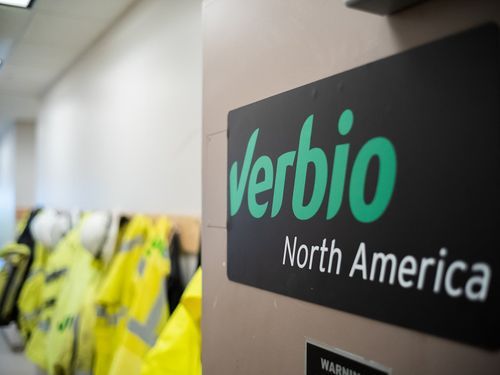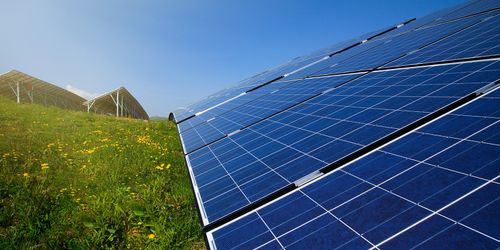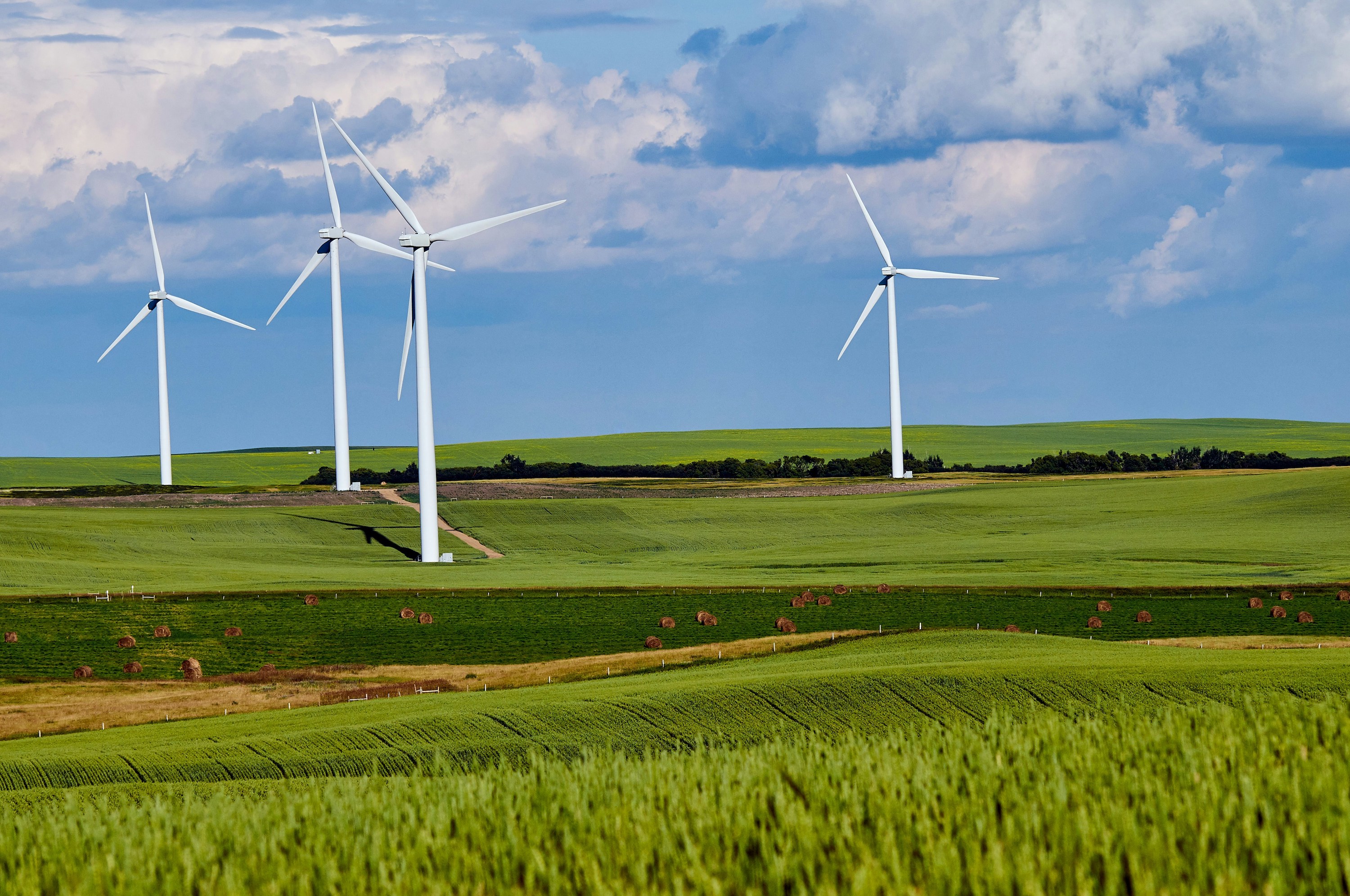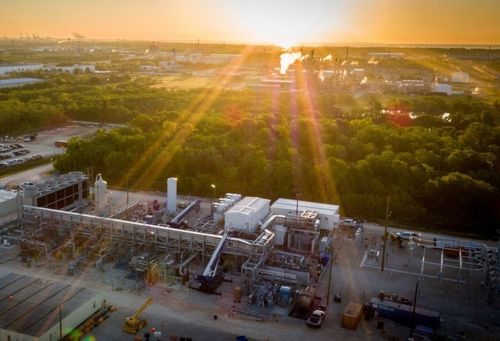8 Rivers Capital, the North Carolina net zero solutions company and technology commercialization platform, will need to raise capital and is scouting for a location in the US Gulf Coast for its first clean hydrogen production facility, Chief Technology Officer and Co-founder Bill Brown said on the sidelines of CERAWeek in Houston.
Brown declined to elaborate on the capital raise, but said he is well connected to finance from previous roles he held at Goldman Sachs and Morgan Stanley. The company received a $100m investment from South Korea-based SK Group last March.
8 Rivers has technology for power generation, hydrogen production, gas processing, and direct air capture. Through its involvement with affiliate Net Power, 8 Rivers has developed the Allam-Fetvedt Cycle, a power cycle that uses the oxy-combustion of carbon-based fuels and a high-pressure CO2 fluid in a highly recuperated cycle that captures emissions. Net Power was recently acquired in a SPAC deal with Rice Acquisition Corp. II, which valued the company at $1.459bn.
In hydrogen, 8 Rivers has developed 8RH2, a process to make hydrogen from natural gas that produces lower emissions and higher efficiencies, according to its website.
8 Rivers announced in November that it signed an MoU with Japan-based JX Nippon to evaluate the US Gulf Coast for “commercial-scale deployment of 8 Rivers technologies across ammonia and other net-zero projects, including potential projects using CO2-rich natural gas.”
Hydrogen at 35 cents?
Brown isn’t too concerned with the source, or color, of hydrogen. He’s much more concerned with the price per kilo, and says his goal is to make low or zero-carbon-intensity hydrogen without concern for its provenance.
“If we can get hydrogen at 35 cents, you would never build a new power plant, because you’ve got hydrogen cheap enough to use a traditional hydrogen turbine,” Brown said. “I can make the cheapest hydrogen from methane, or coal for that matter. I can’t make it from electricity without subsidy.”
Hydrogen at 35 cents is USD 3 per MMBtu, making it competitive with gas.
“One-dollar hydrogen, to me, is worthless,” he said. “Let’s face it, right now, we have one-dollar hydrogen in the world, not clean, but we have seen the full demand already.”
“8 Rivers does not want to be the company that says ‘here, take my technology,’” Brown said. “8 Rivers wants to be the company that says ‘come to us and we will give you the cheapest hydrogen and we’re agnostic as to where it came from, but we can tell you it’s green.’”
Target markets include customers that are blending hydrogen, Brown said. With USD 50bn of hydrogen assets already deployed in the US, he’s not concerned about offtake.
“It’s the system,” Brown said. “The system is the offtake.”
For ammonia, island nations in transition, commercial shipping and coal replacement all present large potential markets, Brown said. If ammonia can be produced at USD 100 per ton, it will be more competitive than coal as an export fuel.
But Brown is adamant that hydrogen blending in existing infrastructure presents the best and most immediate use for hydrogen.
“All it takes is offtake,” Brown said. “The easiest thing to do with hydrogen is not converting it to ammonia to ship it overseas with some supply contract, the easiest thing to do is put it in a pipeline.”







